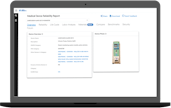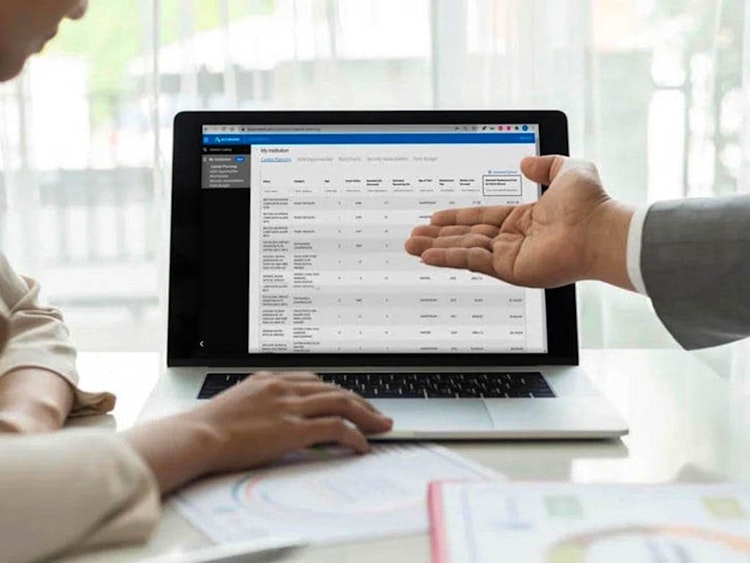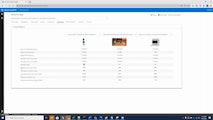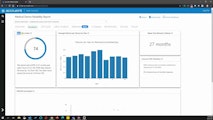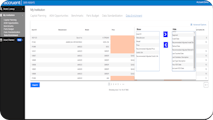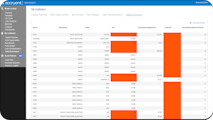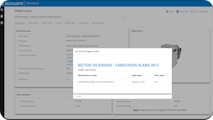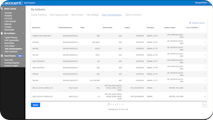Why is effective medical equipment planning important for hospitals?
With better equipment planning, medical facilities can improve efficiency, lower equipment costs, decrease maintenance-related downtime, and create more optimized workflows.
The result? Patients can receive the best life-saving treatment when they need it. From diagnostic machines to life-saving monitoring devices, facilities can immediately locate and retrieve any device benchmarking data at a moment’s notice.
Hospitals can also ensure adherence to regulatory standards with OSHA, the Joint Commision on Accreditation of Healthcare Organizations, HIPPA, and more.
